Shigeru Ban shelter design offers privacy for Turkey-Syria earthquake victims
Shigeru Ban shelter designs, providing disaster relief in Turkey, Syria and Ukraine, utilise natural materials
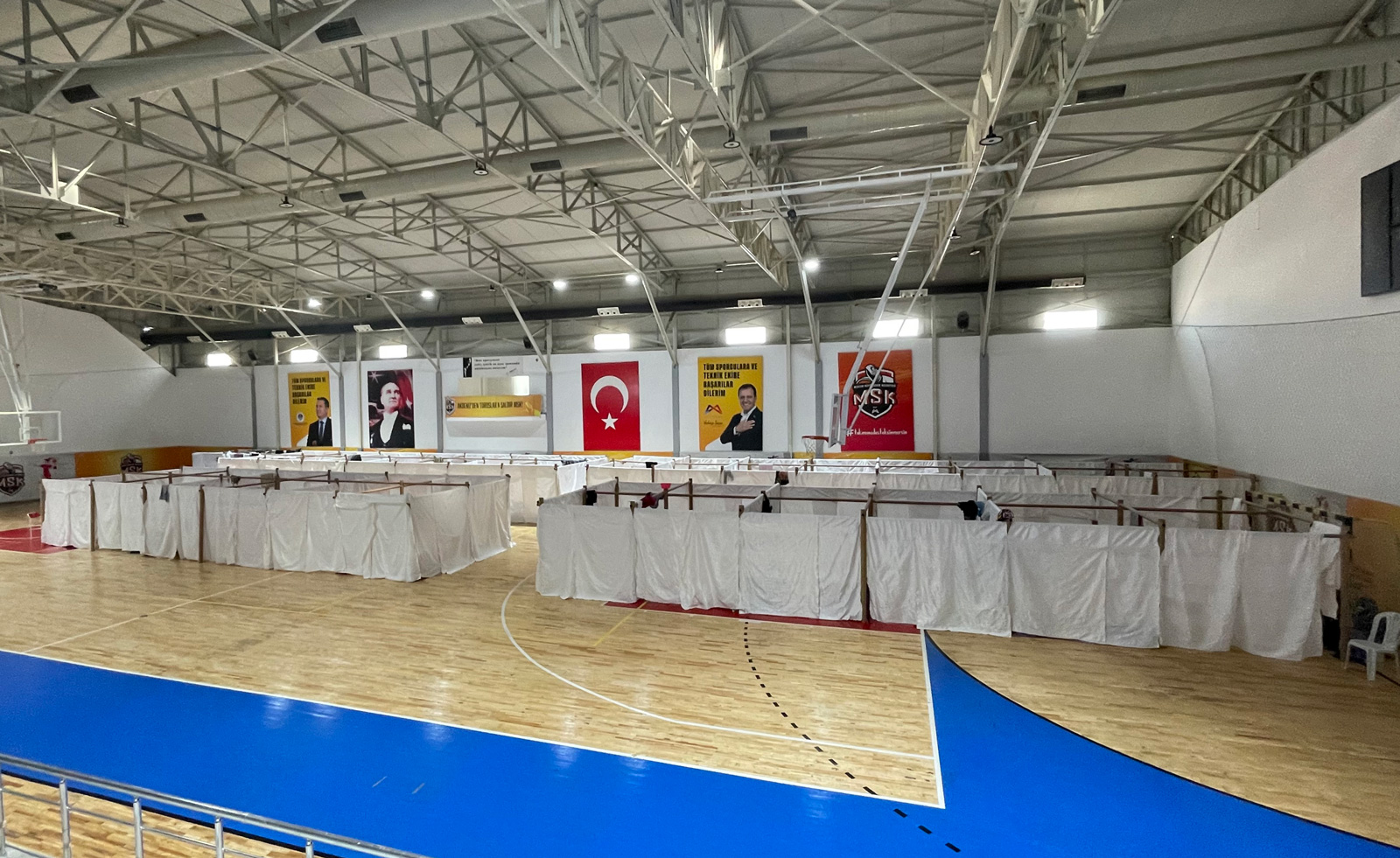
A Shigeru Ban shelter design has been unveiled to support the victims of the Turkey-Syria earthquake. The Pritzker Prize-winning architect's studio worked with the Voluntary Architects’ Network to provide a Paper Partition System to evacuation centres. The simple system has already been used in the past, having offered privacy to those in evacuation centres set up to aid victims of the Great East Japan Earthquake in 2011, the Kumamoto Earthquake in 2016 and the Hokkaido Earthquake in 2018.
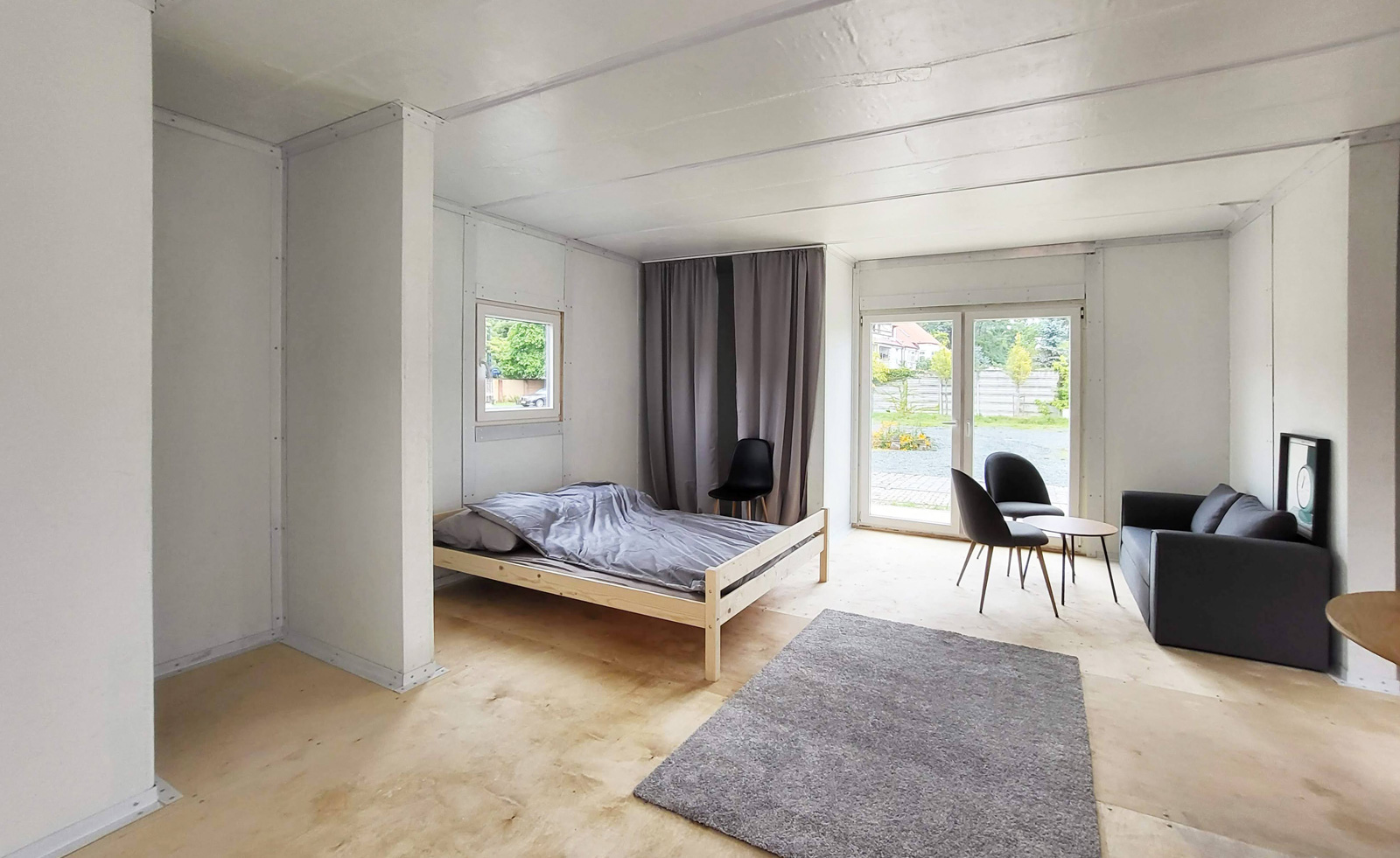
A Styrofoam Housing System in Ukraine
The Shigeru Ban shelter design
Japanese architect Shigeru Ban, who founded his practice in 1985, builds on his previous work with timber, paper, and bamboo structures for the temporary accommodation. His work with the Voluntary Architects’ Network, which he founded in 1995, also encompasses disaster relief for Ukraine. Paper Partition Systems have been provided to 16 locations in all – in Poland, Ukraine, Slovakia, Germany, and Paris.
The architect’s initiative also offers temporary housing and Japanese wood stoves. The stoves, shipped to Ukraine in collaboration with the Solidarity Fund PL in Poland and Ordinary People in Kharkiv, Ukraine, are destined for areas suffering with long-term power outages, including Kharkiv in the east and Ivano-Frankivsk in the west.
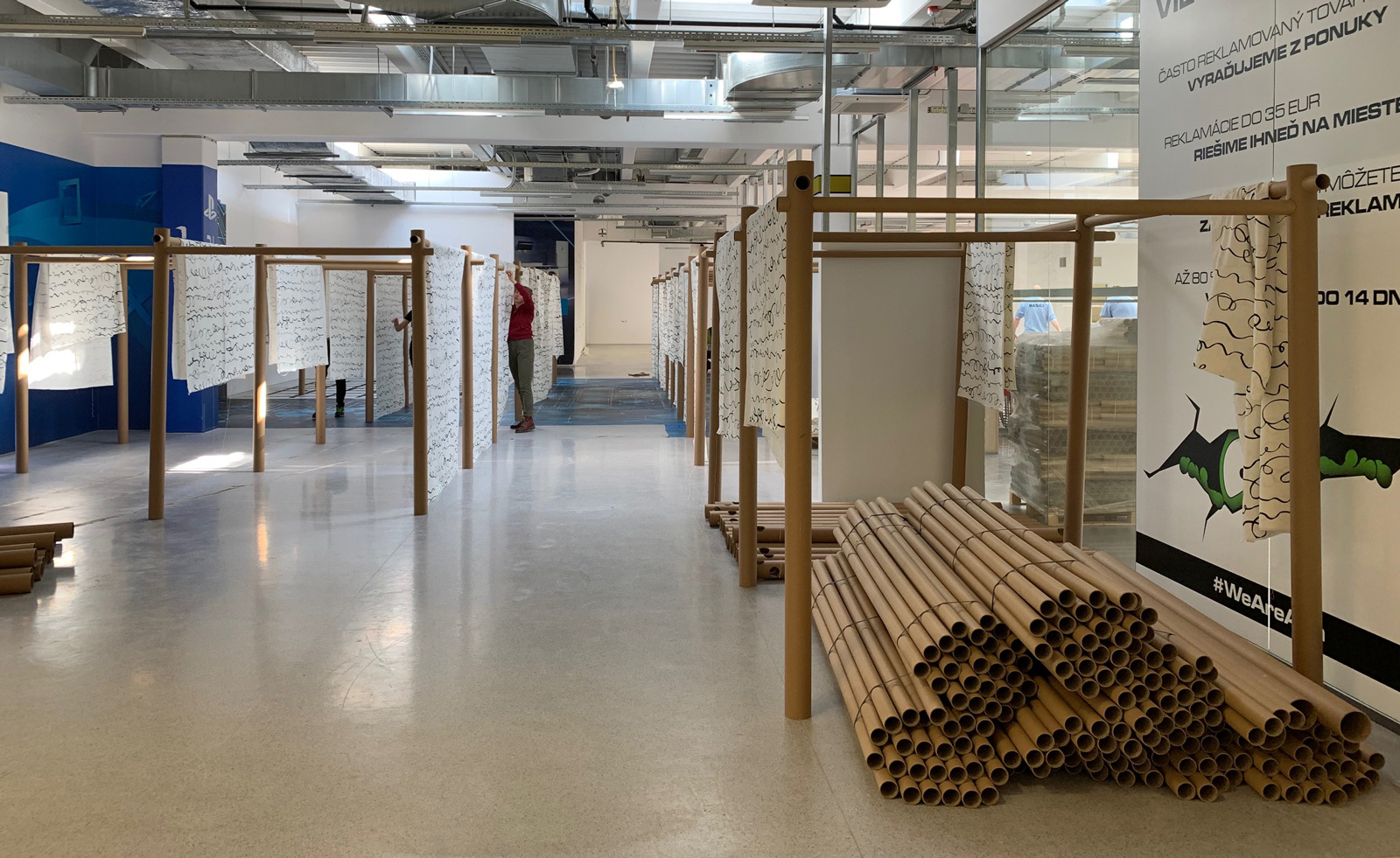
Paper Partition Systems in Ukraine
Styrofoam Housing Systems, set to be produced by Ukrainian refugees at a local factory, will also offer some temporary relief. The shelters are crafted from lightweight panels made of fibre-reinforced plastic that is then wrapped around Styrofoam, which acts as insulation; the project aims to avoid the uptick in prices for building materials.
Shigeru Ban is well known for his temporary, lightweight solutions. Past examples include the Aspen Art Museum in the USA, and his renowned Cardboard Cathedral in Christchurch, New Zealand – originally built from paper tubes, timber, polycarbonate and stained glass to temporarily replace the 19th-century cathedral destroyed in the country's 2011 earthquake.
Receive our daily digest of inspiration, escapism and design stories from around the world direct to your inbox.
Hannah Silver is the Art, Culture, Watches & Jewellery Editor of Wallpaper*. Since joining in 2019, she has overseen offbeat art trends and conducted in-depth profiles, as well as writing and commissioning extensively across the worlds of culture and luxury. She enjoys travelling, visiting artists' studios and viewing exhibitions around the world, and has interviewed artists and designers including Maggi Hambling, William Kentridge, Jonathan Anderson, Chantal Joffe, Lubaina Himid, Tilda Swinton and Mickalene Thomas.
-
 The Bombardier Global 8000 flies faster and higher to make the most of your time in the air
The Bombardier Global 8000 flies faster and higher to make the most of your time in the airA wellness machine with wings: Bombardier’s new Global 8000 isn’t quite a spa in the sky, but the Canadian manufacturer reckons its flagship business jet will give your health a boost
-
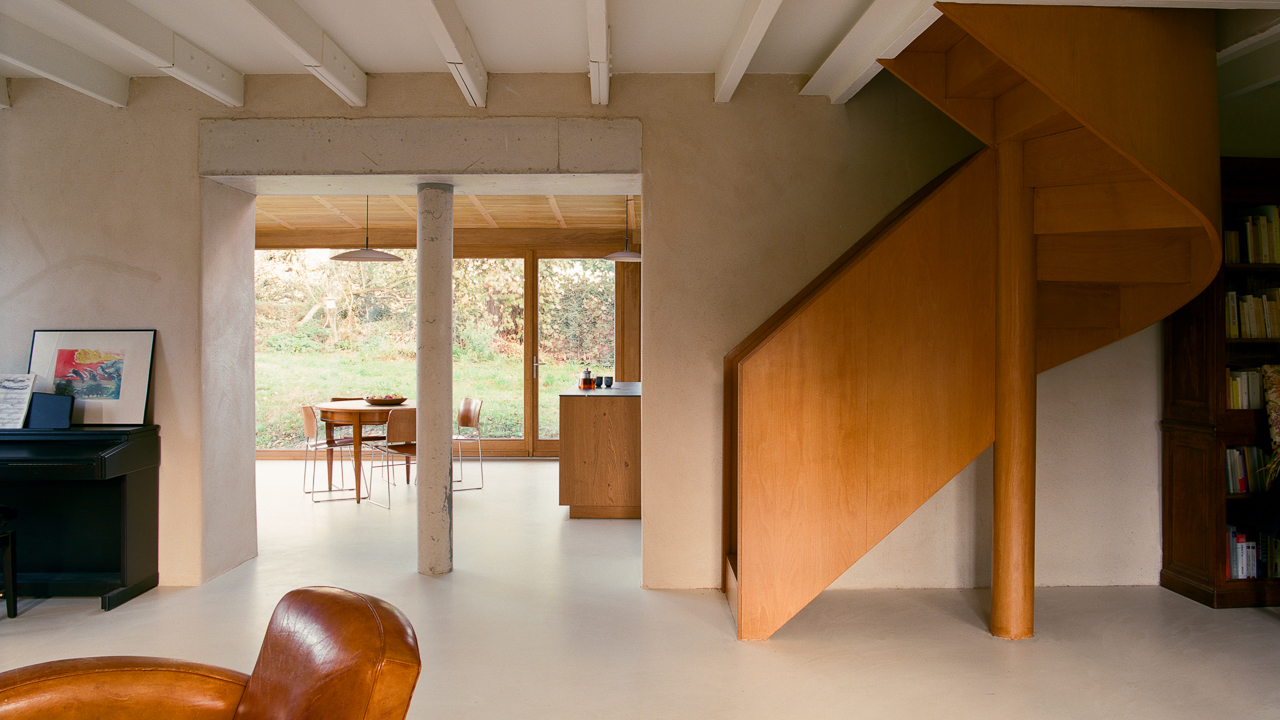 A former fisherman’s cottage in Brittany is transformed by a new timber extension
A former fisherman’s cottage in Brittany is transformed by a new timber extensionParis-based architects A-platz have woven new elements into the stone fabric of this traditional Breton cottage
-
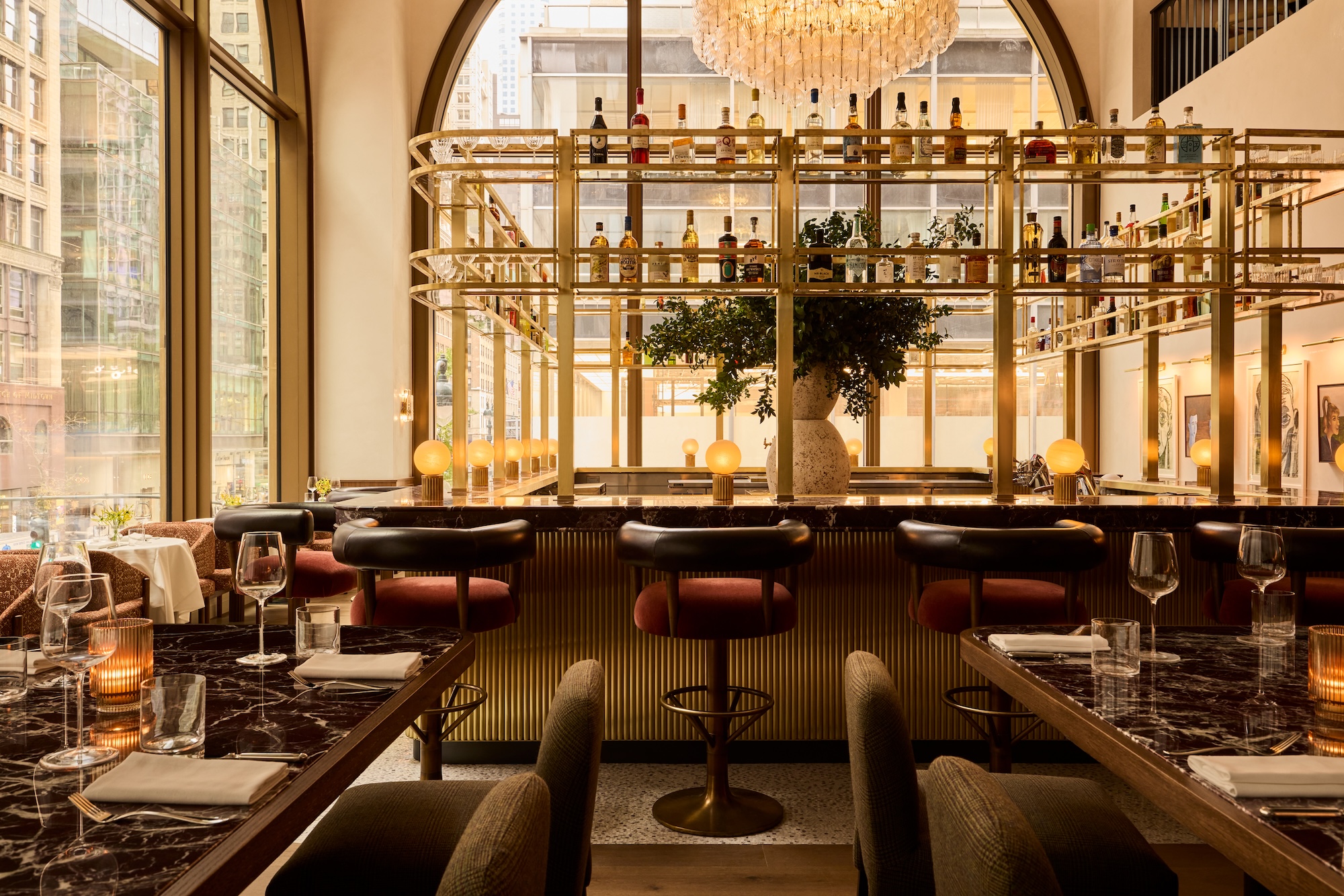 New York's members-only boom shows no sign of stopping – and it's about to get even more niche
New York's members-only boom shows no sign of stopping – and it's about to get even more nicheFrom bathing clubs to listening bars, gatekeeping is back in a big way. Here's what's driving the wave of exclusivity
-
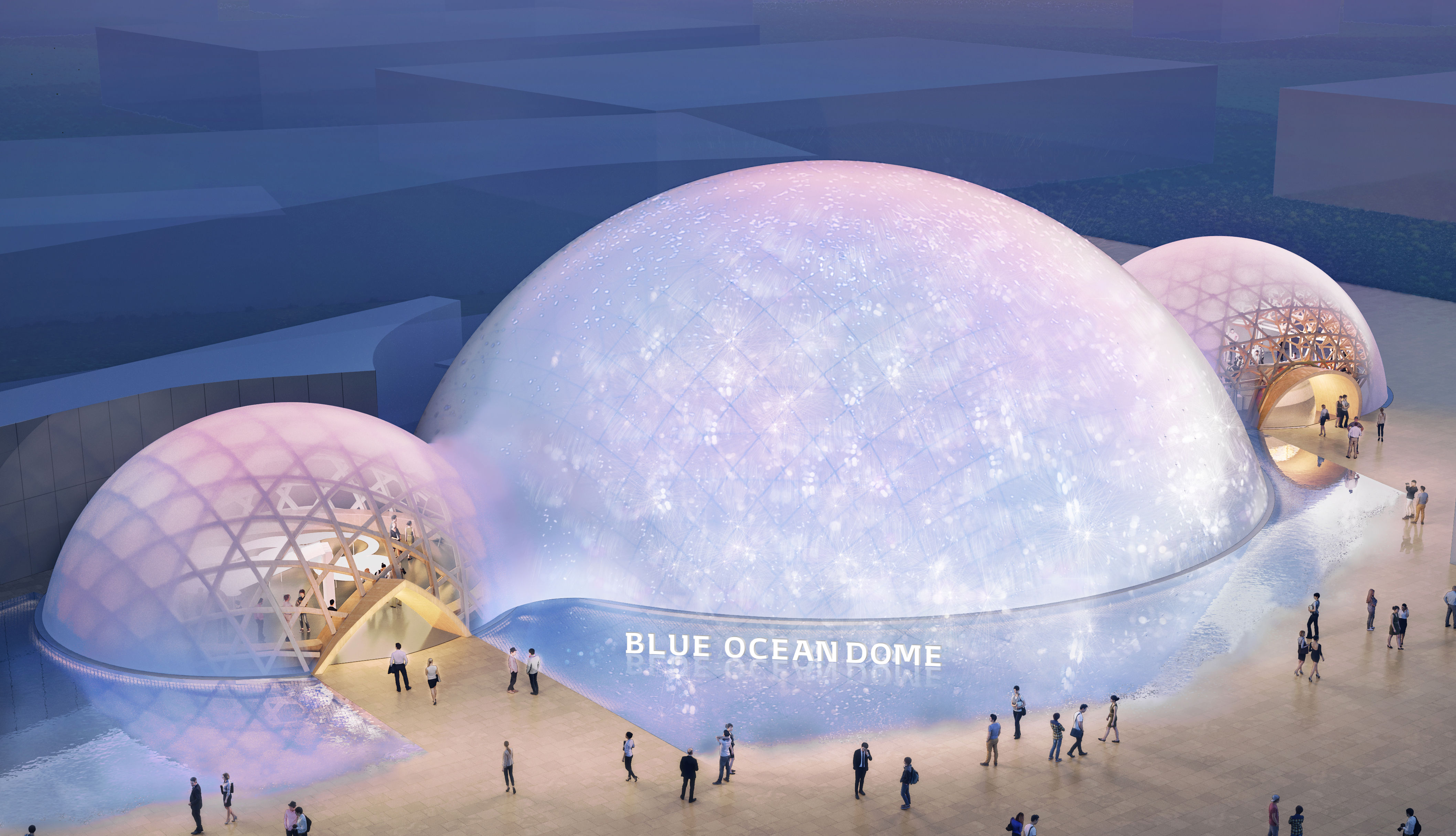 Shigeru Ban wins 2024 Praemium Imperiale Architecture Award
Shigeru Ban wins 2024 Praemium Imperiale Architecture AwardThe 2024 Praemium Imperiale Architecture Award goes to Japanese architect Shigeru Ban
-
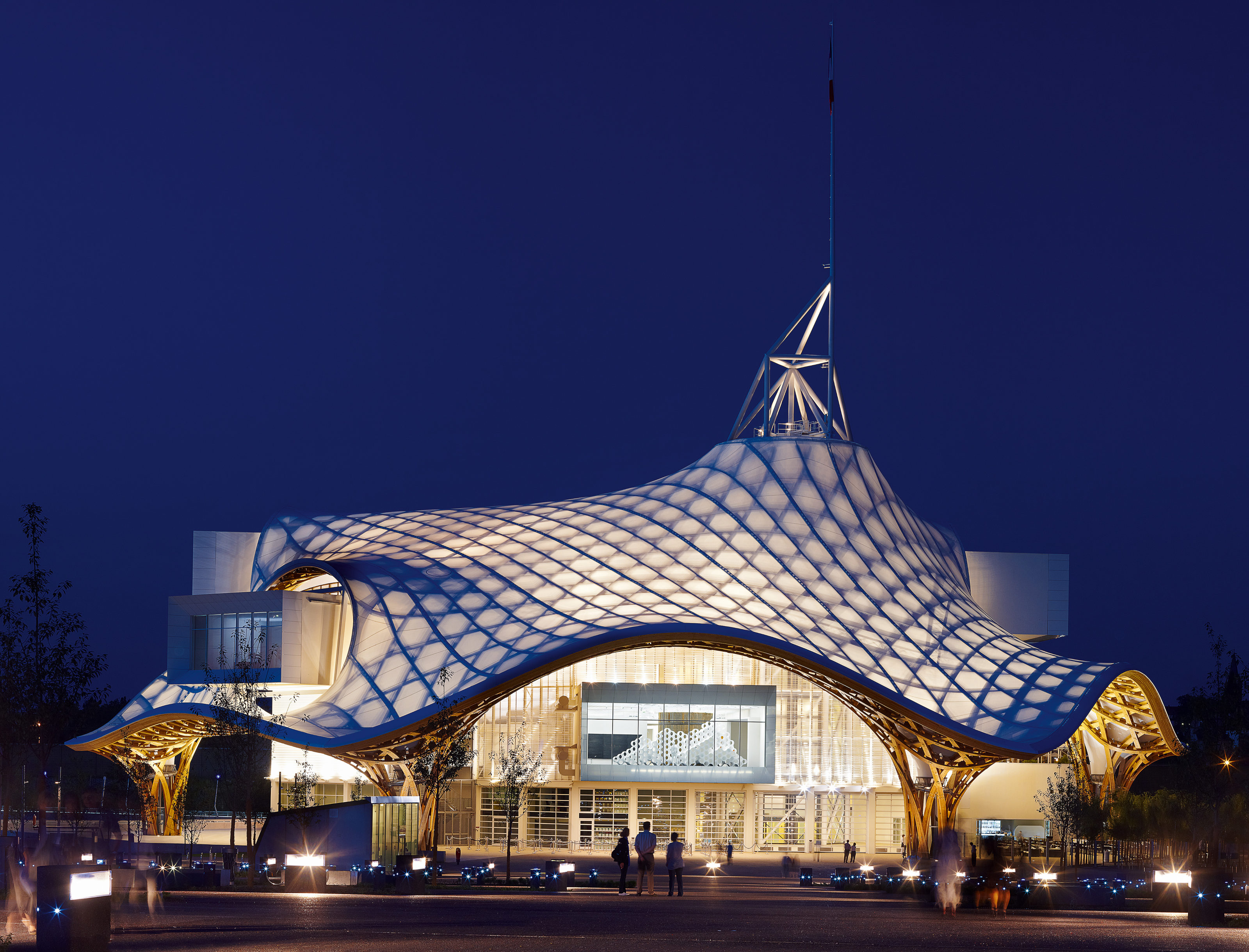 Shigeru Ban has perfected the art of enclosure
Shigeru Ban has perfected the art of enclosureTaschen’s new XXL monograph, Shigeru Ban. Complete Works 1985 – Today, brings out the sheer diversity of the Japanese architect’s work
-
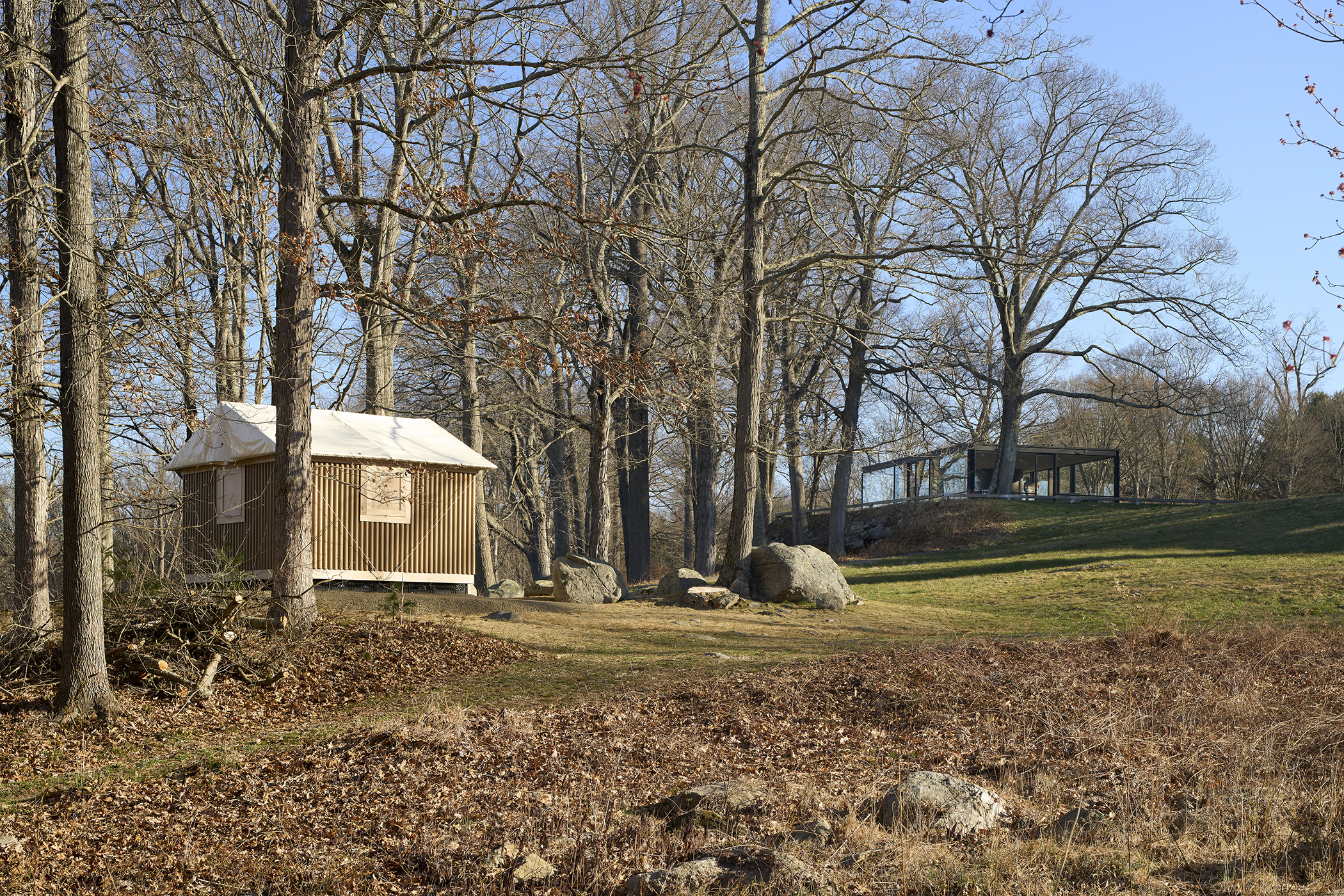 Shigeru Ban’s mini Paper Log House welcomed at The Glass House
Shigeru Ban’s mini Paper Log House welcomed at The Glass House'Shigeru Ban: The Paper Log House' is shown at The Glass House in New Canaan, USA as the house museum of American architect Philip Johnson plays host to the Japanese architect’s model temporary home concept
-
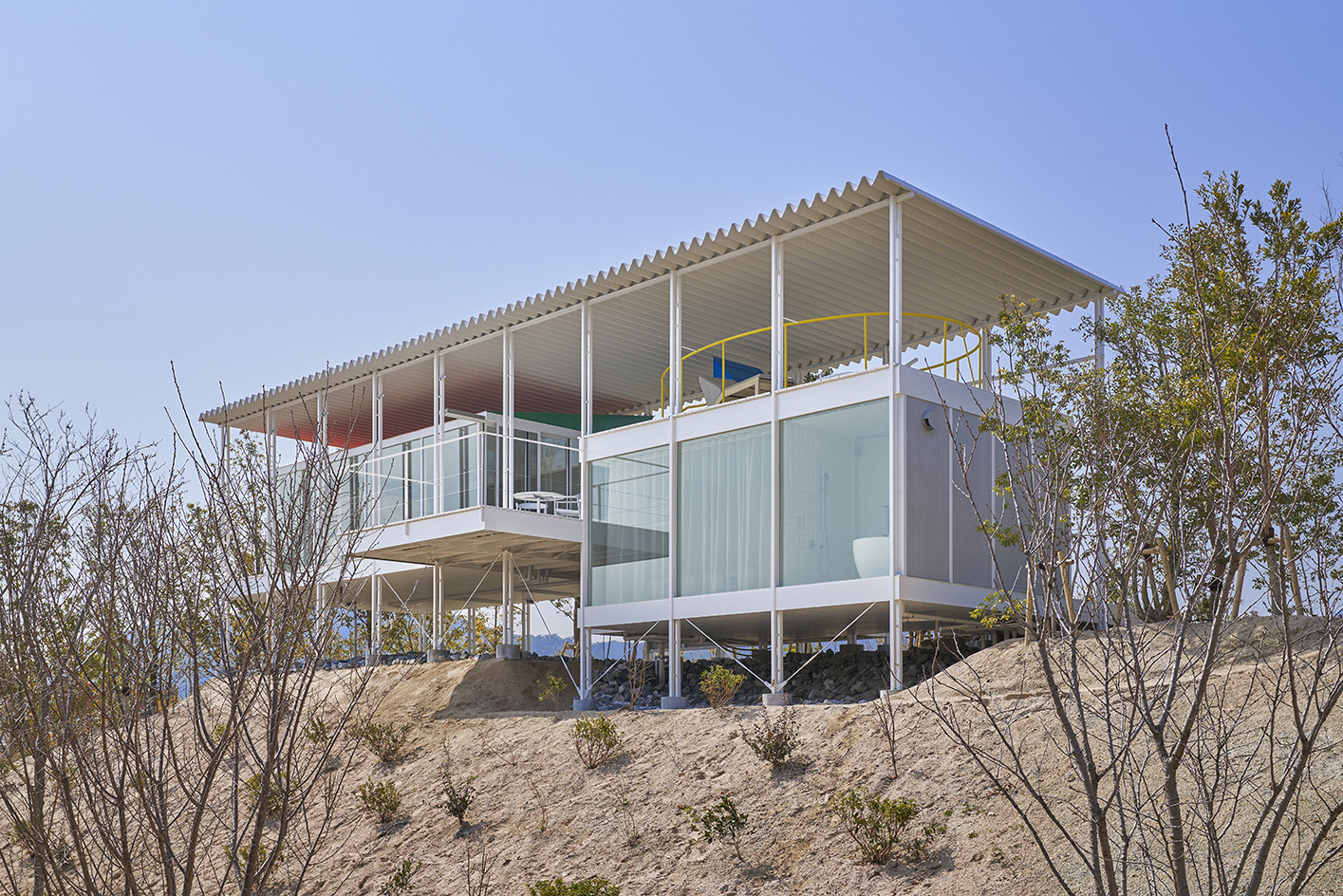 Rebuilt Shigeru Ban houses launch at the architect’s Simose Art Museum in Hiroshima
Rebuilt Shigeru Ban houses launch at the architect’s Simose Art Museum in HiroshimaA series of rebuilt Shigeru Ban houses become available to experience and rent at the Simose Art Museum, designed by the same architect, in Hiroshima, Japan
-
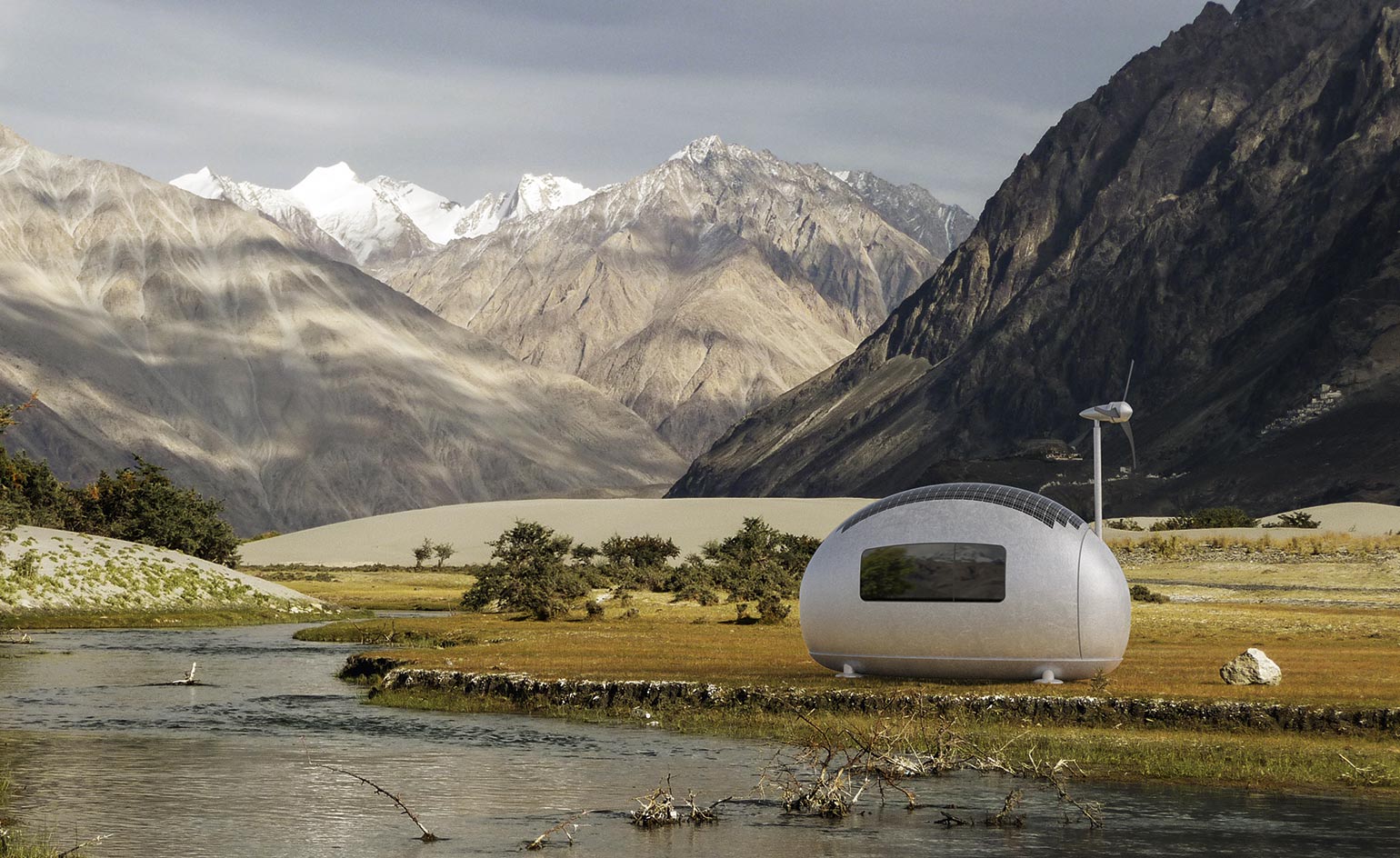 On the road: these nomadic homes could set you free
On the road: these nomadic homes could set you free -
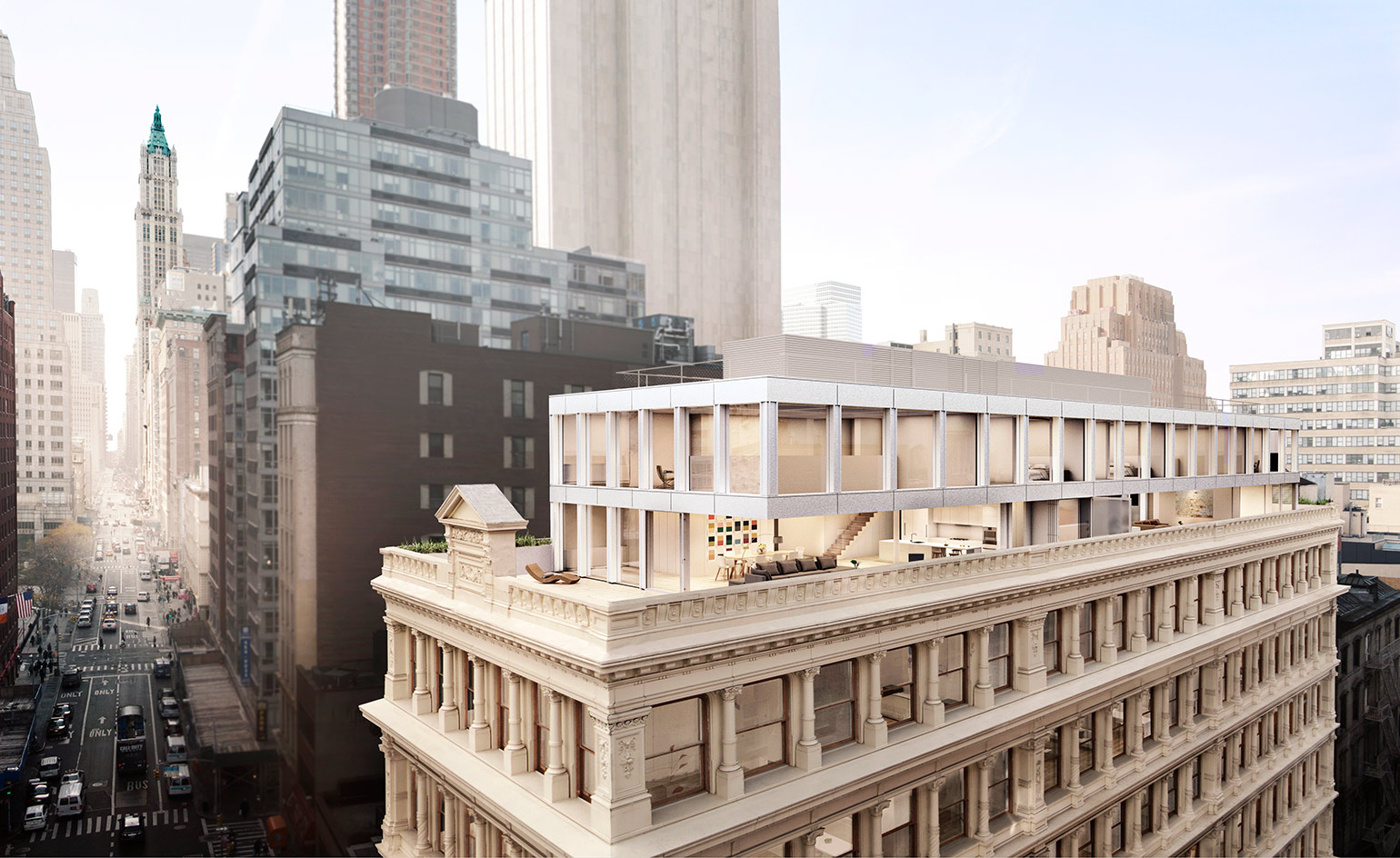 Shigeru Ban on his masterfully minimalist interiors for Cast Iron House
Shigeru Ban on his masterfully minimalist interiors for Cast Iron House -
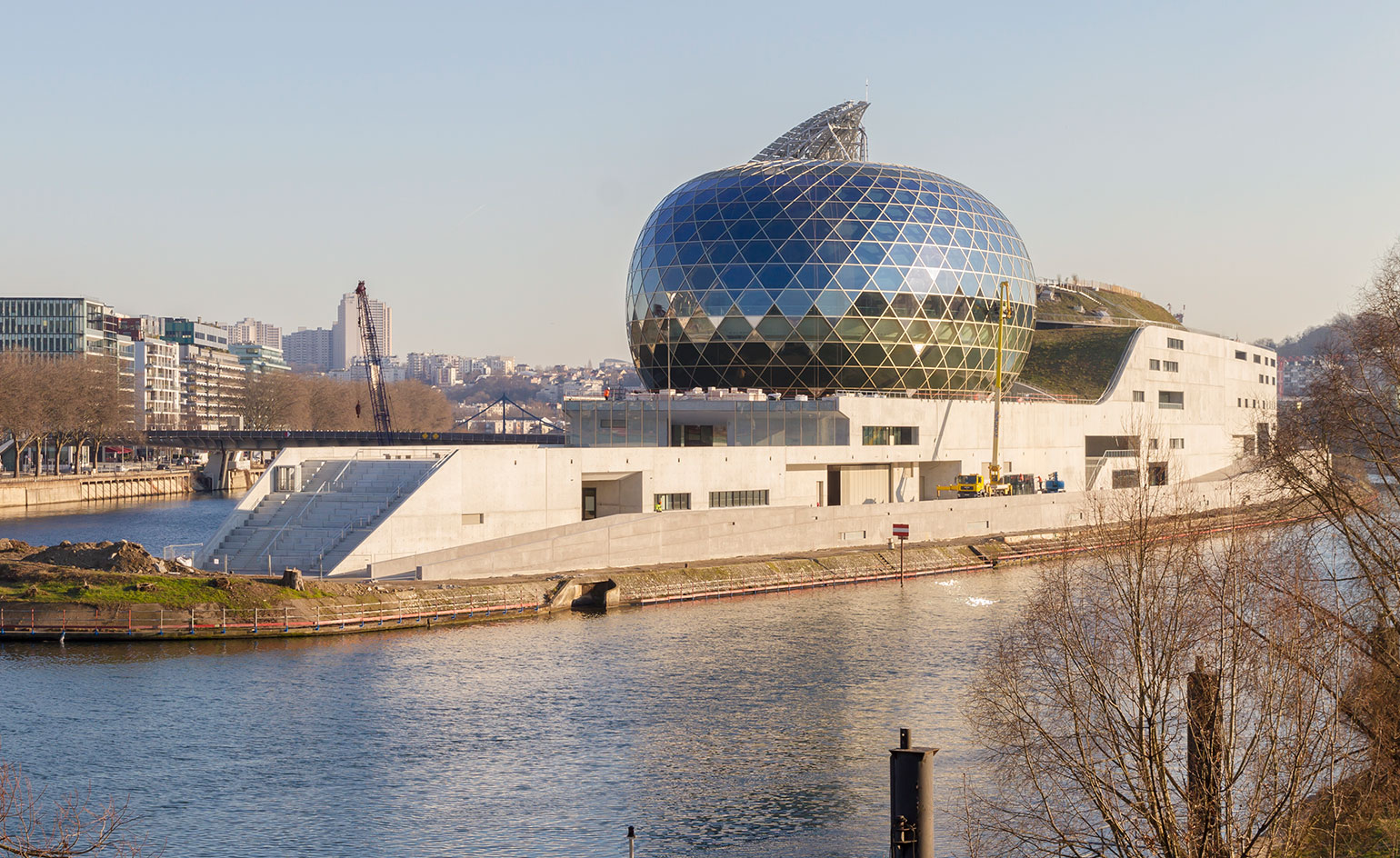 Powered by solar panels, La Seine Musicale is a new icon for Paris
Powered by solar panels, La Seine Musicale is a new icon for Paris -
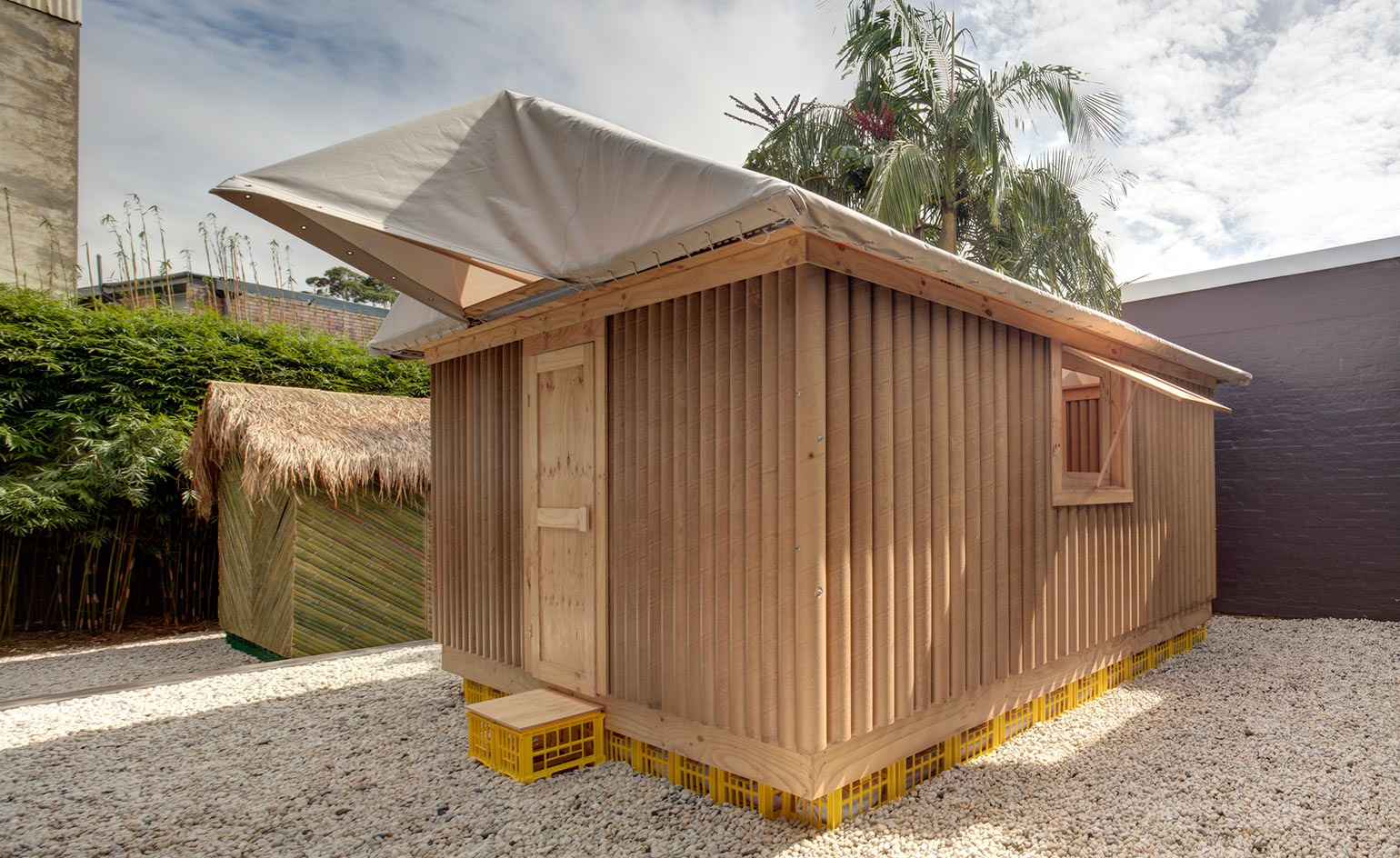 Support act: Shigeru Ban’s impermanent designs leave a lasting impression in Sydney
Support act: Shigeru Ban’s impermanent designs leave a lasting impression in Sydney